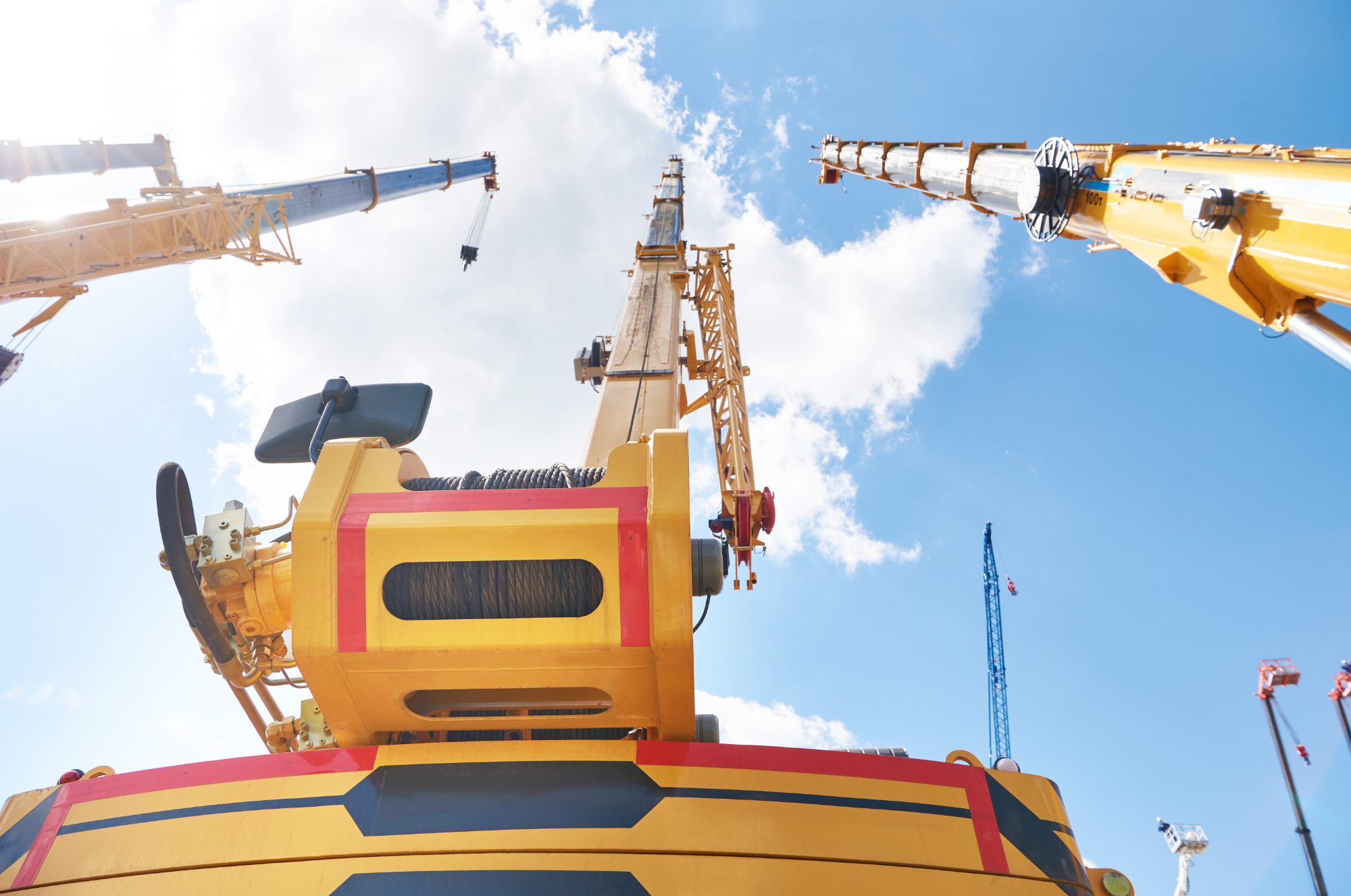
In the industrial lifting, logistics, and construction sectors, working safely and efficiently is essential. Here, the mobile crane proves to be the ideal solution when space is limited, ground conditions are unstable, or rapid deployment is a priority.
In this guide, we’ll explore everything you need to know about choosing and using mobile cranes effectively: including types, benefits, regulations, risks, and advanced safety systems. With support from 3Bmust International’s technologies, every lifting operation becomes more precise, secure, and high-performing.
What is a Mobile Crane and Why it Matters
A mobile crane is a lifting device designed to move agilely around the worksite.
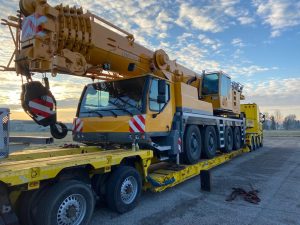 Unlike fixed cranes, it can be quickly transported and positioned without invasive structural work.
Unlike fixed cranes, it can be quickly transported and positioned without invasive structural work.
Thanks to its ability to travel on wheels or tracks and its optional telescopic or lattice boom, a mobile crane is especially useful where installing fixed equipment—such as aerial platforms or tower cranes—is not possible. This includes unstable ground, tight spaces, or temporary job sites.
Although mobile cranes represent only around 7% of the logic and lifting equipment market, they are widely used across diverse contexts. Small and medium-sized companies, which need efficient, fast-activated machinery compatible with complex environments, particularly appreciate them.
Types of Mobile Cranes: Choosing the Right One
Mobile cranes differ in structure, mobility, and operational capacity. Below, we analyze the main types with a focus on their specific applications.
Truck-Mounted and Wheel-Mounted Telescopic Mobile Crane
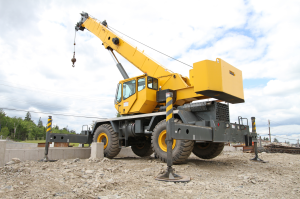 Truck-mounted mobile cranes, built on trucks or tractor units, are designed for easy relocation from one site to another, making them one of the most versatile and widespread configurations. Their hydraulically extendable telescopic boom enables them to reach significant heights and operate in confined spaces, while maintaining high standards of safety and precision.
Truck-mounted mobile cranes, built on trucks or tractor units, are designed for easy relocation from one site to another, making them one of the most versatile and widespread configurations. Their hydraulically extendable telescopic boom enables them to reach significant heights and operate in confined spaces, while maintaining high standards of safety and precision.
Wheel-mounted telescopic cranes offer greater freedom of movement within industrial areas or enclosed job sites, where maneuverability is a decisive advantage. Both configurations are ideal whenever fixed structures cannot be installed and a crane must be immediately operational.
Truck-Mounted Mobile Crane with Lattice Boom
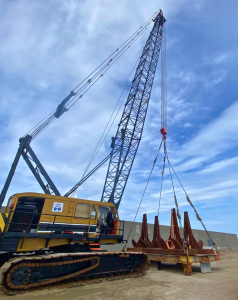 Truck-mounted mobile cranes with a lattice boom feature a reticulated steel structure designed to ensure high rigidity and mechanical strength. Compared to telescopic boom models, the lattice boom—composed of fixed or modular sections—provides greater load capacity even at significant heights or extended reaches.
Truck-mounted mobile cranes with a lattice boom feature a reticulated steel structure designed to ensure high rigidity and mechanical strength. Compared to telescopic boom models, the lattice boom—composed of fixed or modular sections—provides greater load capacity even at significant heights or extended reaches.
These cranes are ideal for heavy lifting in complex construction sites, industrial settings, shipyards, and large infrastructure projects where reliability, power, and precision are essential. Mounted on trucks or articulated vehicles, they combine mobility with high performance even on challenging terrain.
In general, boom cranes—both fixed and telescopic—are perfect for working in spaces that require high precision. These crane types offer flexibility in horizontal and vertical movement but always require accurate and stable positioning to avoid tipping risks. For this reason, they are increasingly integrated with advanced technologies for enhanced safety and control.
Truck-Mounted Mobile Cranes with Telematic Boom
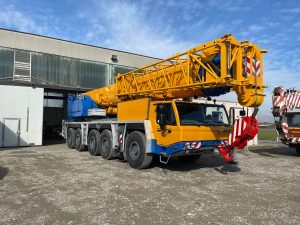 Truck-mounted mobile cranes equipped with telematic booms (such as those using single-cylinder multiple-pin systems) represent an advanced evolution of traditional telescopic boom cranes. These cranes incorporate automation technologies and integrated sensors that enable intelligent, adaptive boom management calibrated to the manufacturer’s mechanical and hydraulic specifications.
Truck-mounted mobile cranes equipped with telematic booms (such as those using single-cylinder multiple-pin systems) represent an advanced evolution of traditional telescopic boom cranes. These cranes incorporate automation technologies and integrated sensors that enable intelligent, adaptive boom management calibrated to the manufacturer’s mechanical and hydraulic specifications.
The telematics systems developed by 3bMust International optimize boom extension, speed, and operational capacity in real time, with continuous monitoring via an onboard digital display. This ensures precise load monitoring and a safer, more efficient operation overall.
High-density urban construction sites, vertical infrastructure projects, and industrial environments especially value this crane type, where workers must calculate every movement with utmost precision.
Mobile cranes with jib arms
Mobile jib cranes offer a compact and practical solution for indoor environments such as workshops, laboratories, and warehouses. Mounted on trolleys or rails, they enable precise handling of loads within fixed but non-static work areas. These cranes are commonly used for loading/unloading, assembly, or light maintenance, providing an excellent alternative when column-mounted or wall-mounted cranes are not feasible.
Mobile Gantry Cranes: A-Frame Mobile Crane
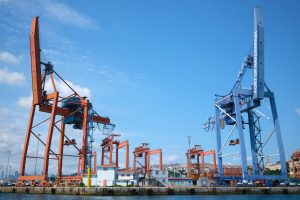 Mobile gantry cranes, also known as A-frame cranes, are bridge structures mounted on wheels designed for linear horizontal lifting over large, flat surfaces. Their configuration allows even load distribution across multiple points, minimizing stress on both the structure and the flooring.
Mobile gantry cranes, also known as A-frame cranes, are bridge structures mounted on wheels designed for linear horizontal lifting over large, flat surfaces. Their configuration allows even load distribution across multiple points, minimizing stress on both the structure and the flooring.
When to Choose a Mobile Crane: Benefits and Operational Context
Mobile cranes prove essential in scenarios where ground conditions, structural obstacles, or the need for rapid deployment make the installation of fixed cranes impossible. Specifically, mobile cranes are ideal for use:
-
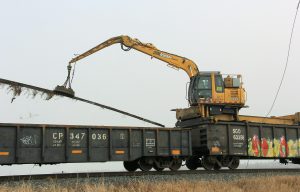 On temporary construction sites where quick response times are critical
On temporary construction sites where quick response times are critical -
On unstable or sloped terrain that does not allow secure anchoring of permanent structures
-
In urban or industrial environments with limited space
-
Indoors, where minimizing vibration, noise, and exhaust emissions is necessary
Additionally, many companies opt for mobile crane rental as a sustainable alternative to purchasing. Renting provides access to state-of-the-art equipment for the required period, avoiding high upfront investment and long-term maintenance costs.
Risks Associated with Using Mobile Cranes
Operating mobile cranes—whether telescopic or lattice boom—carries significant risks, especially if used improperly or without adequate training. The main hazards include:
-
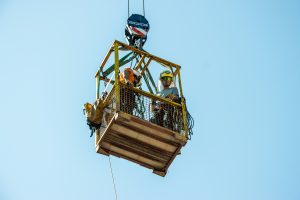 Tipping due to incorrect positioning or ground failure
Tipping due to incorrect positioning or ground failure -
Load drops caused by incorrect maneuvers, strong winds, or limit device malfunction
-
Crushing injuries to nearby personnel due to poor visibility or failure to maintain safety distances
-
Collisions with overhead power lines when site assessments are insufficient
-
Exposure to exhaust fumes, noise, and vibrations, particularly in enclosed spaces
-
Contact with chemical agents during maintenance operations
Specialized operator training, as mandated by Article 73 of Legislative Decree 81/08 (Italian workplace safety law), and the adoption of advanced technological control and prevention systems can significantly reduce these risks.
3Bmust International Safety Solutions for Mobile Cranes
At 3Bmust International, we boast extensive experience in the mobile crane sector, offering a comprehensive and integrated service. One of our core competencies is the development of custom load limiter systems, specifically designed to fit the technical specifications of each crane.
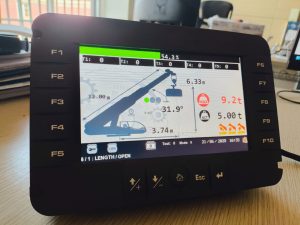 Our high-precision load limiters, equipped with advanced sensors, monitor the load weight in real time and automatically activate protective measures in case of overload. Fully compliant with industry regulations, these systems enhance operational safety and minimize risks. Our service process includes several key phases:
Our high-precision load limiters, equipped with advanced sensors, monitor the load weight in real time and automatically activate protective measures in case of overload. Fully compliant with industry regulations, these systems enhance operational safety and minimize risks. Our service process includes several key phases:
-
Technical analysis and on-site inspection to assess the crane’s operational requirements and conditions;
-
Customized design of advanced electronic systems with dedicated software;
-
On-site installation and testing to ensure perfect machine compatibility;
-
Post-installation support and spare parts supply to maintain system performance over time.
Our goal is to provide integrated solutions that, combined with proper maintenance and conscious equipment management, contribute to increased reliability, productivity, and safety in every lifting operation.
👉 Contact us today for a technical consultation and discover how to integrate our systems into your fleet.


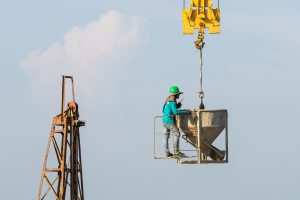
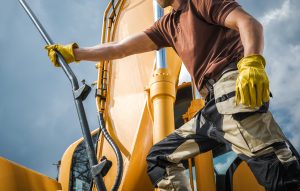
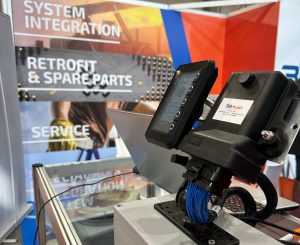
No comment yet, add your voice below!